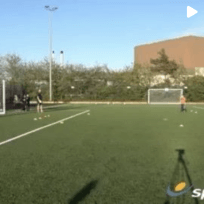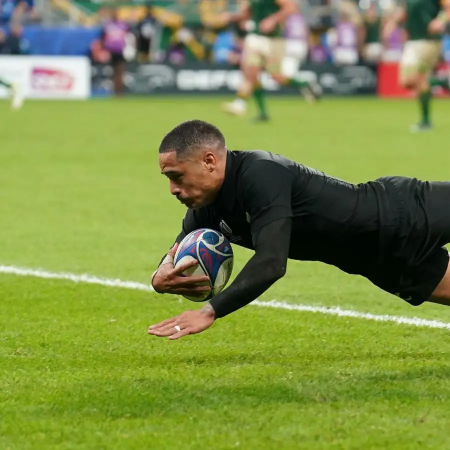Setup
Instructions
Coaching Points
When defending 1v1’s in soccer it is very important to focus on the following key elements:
Remember that the player closest to the attacker should be the player pressuring the ball. Players should sprint to close down space as quickly as they can, then when they get 5 yards from the attacker they should slow down and take steps backwards to match the pace of the attacker. During this time, the defender should slowly close down the space between the attacker and defender. Often proper pressure will cause the attacker to lose the ball.
One way to have players recall the proper way to defend is by the term “Quick, Slow, Sideways, Low”.
Quick refers to the defender speed while closing down the attacker with the ball. This should be done at full speed sprint and note that it is often best to close down the ball when the ball is in flight.
Slow refers to the defenders ability to change of speed and direction required to start moving in the same direction of the attacker.
Sideways refers to the body positioning often used when defending. The defender should turn their body in a 45 degree angle to create the largest amount of defensive area. If the defen

in more ways than one




in more ways than one




Create a resolution to develop your coaching confidence by seizing the opportunity to discover new drills, turn ideas into action and seek advice from the coaching community.

World Rugby has reportedly conceded Aaron Smith's disallowed try in the World Cup final should have stood.

"It is not only useful for staff who are experienced but a valuable tool for those subject staff who have to take teams."